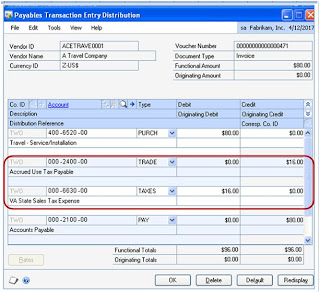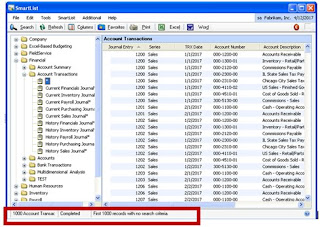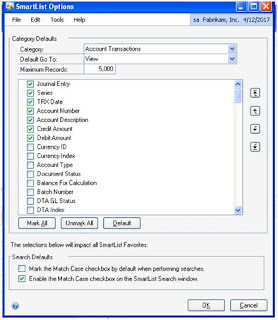Smaller healthcare providers are under pressure to lower costs, reduce their income or be replaced by more efficient smaller health care providers. The onus is now on the smaller health care providers to follow their bigger cousins and step up to the plate by using IT solutions that make sense and lower costs. Recent political posturing around a mandate for healthcare change creates anxiety for smaller healthcare practices. Understanding how IT can lower costs is imperative for the small healthcare practitioner.
Traditionally, smaller health care practices have been relatively independent providers. They usually have had one or two professionals, a few administrative staff and a mountain of paperwork. Clinical and economic information was difficult to access and frequently unavailable, which led to unnecessary costs. However, the size of these offices and traditional healthcare business climate landscape tolerated inefficiencies. This tolerance is changing as health care consumers are demanding better service while third party payers are discounting the fees paid for health care services.
Larger health care providers, such as hospitals and large practices, having been the “low hanging fruit” of cost containment and have utilized a host of management practices to lower costs. This consolidation is being driven by third party payers, such as large insurance companies and Medicare. They are demanding cost control, accountability and sweeping health care practice changes. These forces for change want providers to capture and share unprecedented amounts of information about their work and their patients. At the core of these changes is the use of information technology (IT) for patient record keeping, billing systems and practice management systems. (Financial management of receivables, payroll and cash flow and the subsequent analytics to evaluate efficiencies, but more on this later)
One solution is to outsource these business functions to third party firms that specialize in health care related business functions. These third party firms provides management, financial and information services to include financing, marketing, billing, personnel/human resources, accounting, management information systems, collections, coding, reimbursements and managed care issues. Practices can contract individually (billing for example) or have a practice-management firms handle all aspects of these functions, and in exchange for running the business, are paid 10% to 30% of revenues.
The best solution is to use IT and improved business processes to manage your practice without the financial overhead of outsourcing. This will involve the surgical use (no pun intended) of IT for practice management, billing and document management. What is important is that the processes and data be captured electronically, not necessarily that physicians do the input. Voice recognition, where the medical practitioner speaks into a voice recorder that immediately transcribes data into the system, eliminates the time-consuming data keyboard entry that many practitioners fear in a paperless office.
An immediate payoff for physicians will be the ability to access information electronically from their office, home or the hospital. The ability to consult, approve medications and work remotely will add convenience to the often brutal schedules that small office practitioners face. Most small office physicians spend “20-40% of their time…….not directly interacting with patients”. (AAMC Reporter, Vol 10, Num. 7, pp 44-56) These indirect patient functions can be done at the convenience of the physician, allowing physicians more “flex time”. A much more significant return to small healthcare practitioners is ability to analyze their business objectively using the powerful business intelligence tools built into practice management software. Billing trends, patient payment practices and profitability by codes make these smaller practices more profitable and nimble to changing marketplace trends.
One of the most flexible and affordable solutions is Microsoft’s Dynamics GP for billing and practice management. Familiar, easy to use screens make Dynamics GP familiar to staff (allowing for quick adoption) yet provide robust practice management analytics for the physicians. Most small healthcare practitioners don’t appreciate the return on investment (ROI) of IT systems, but Microsoft Dynamics has an affordable price point so even smaller practices can afford it.
Insurance companies, governments and other third party payers are demanding cost cutting in health care. The larger providers, nursing homes and hospitals have successfully implemented IT solutions to lower costs. The time is now for smaller health care practitioners to draw from their larger cousins’ experiences of health care IT and make it work for them.






















